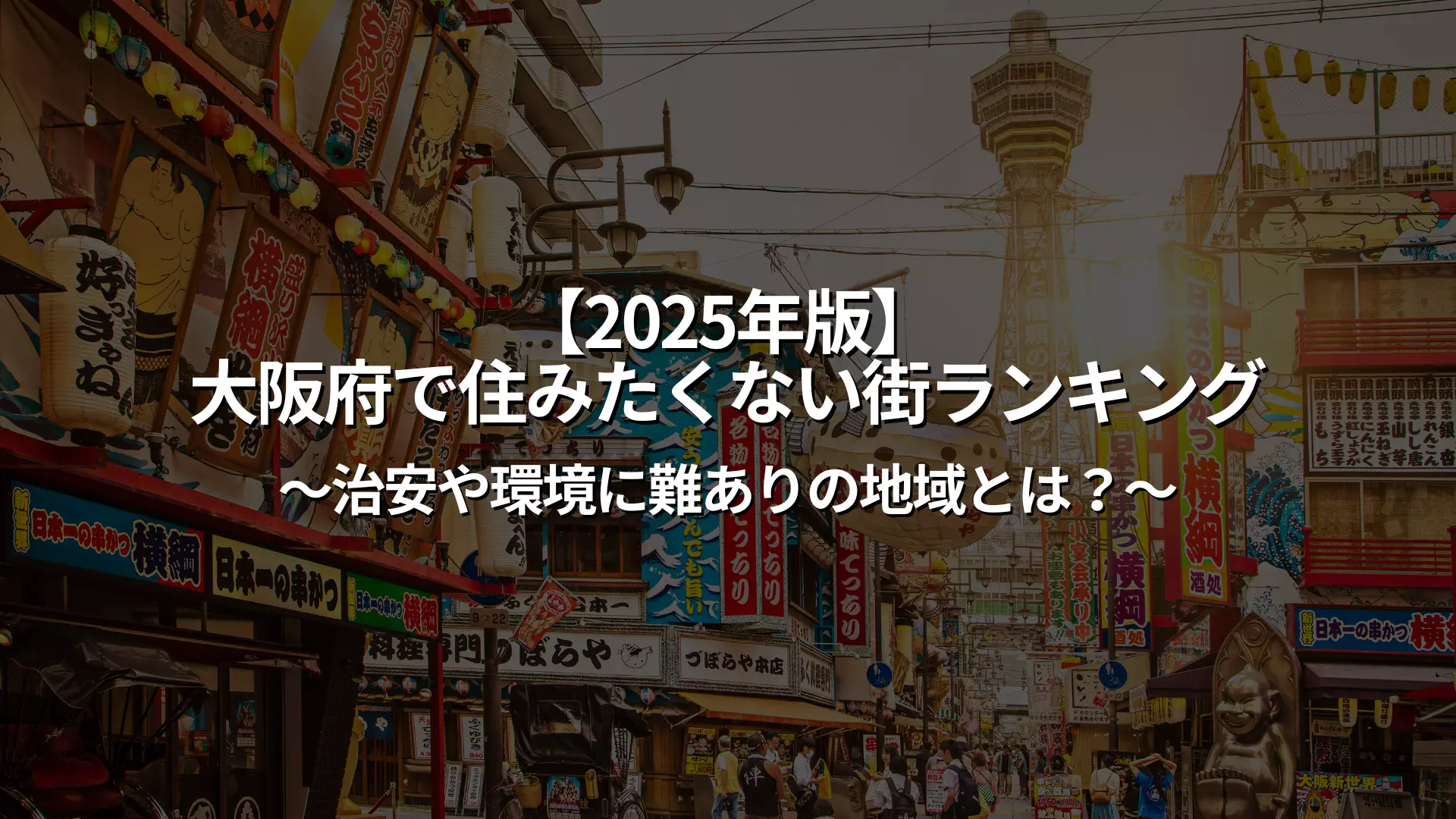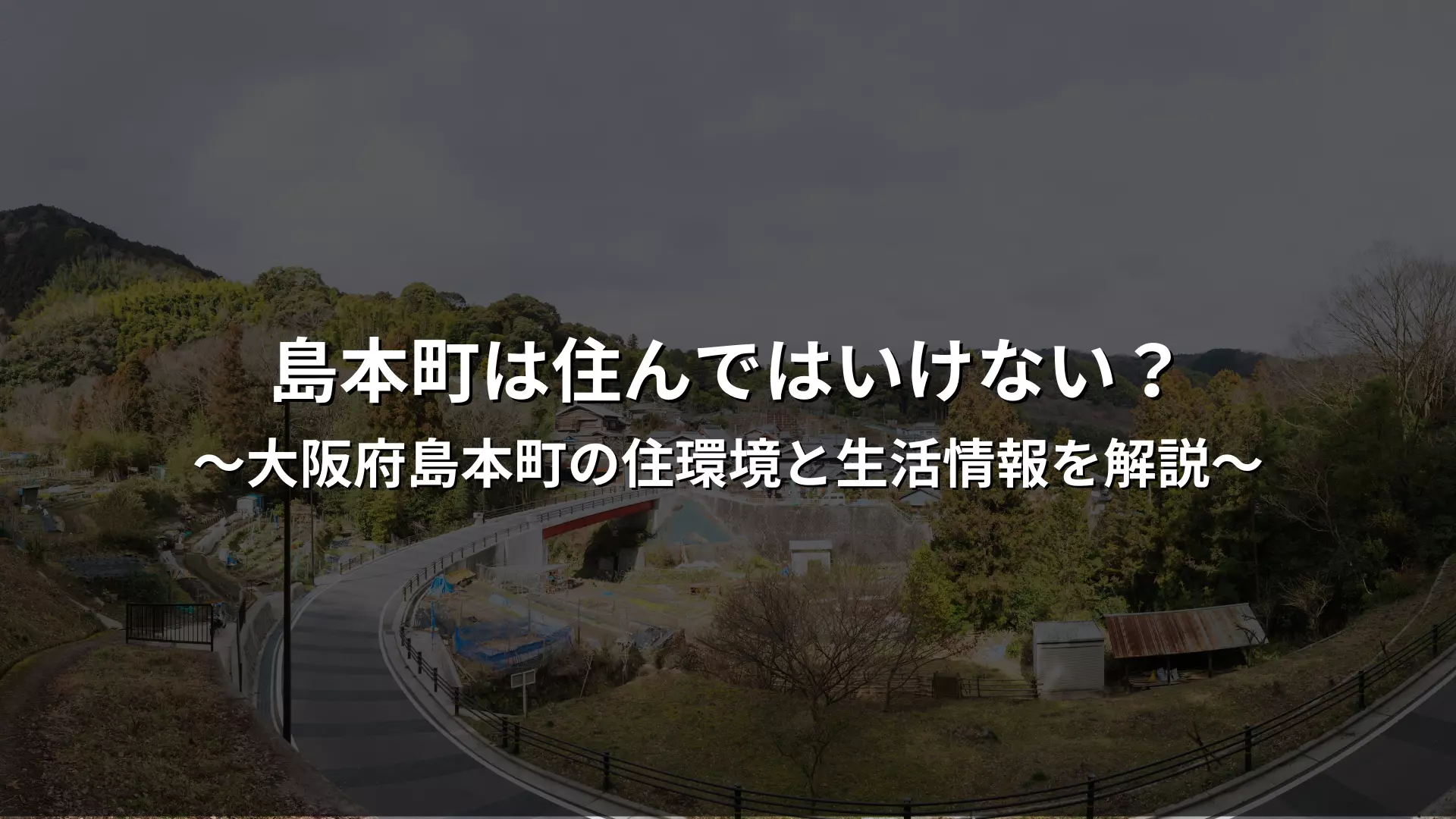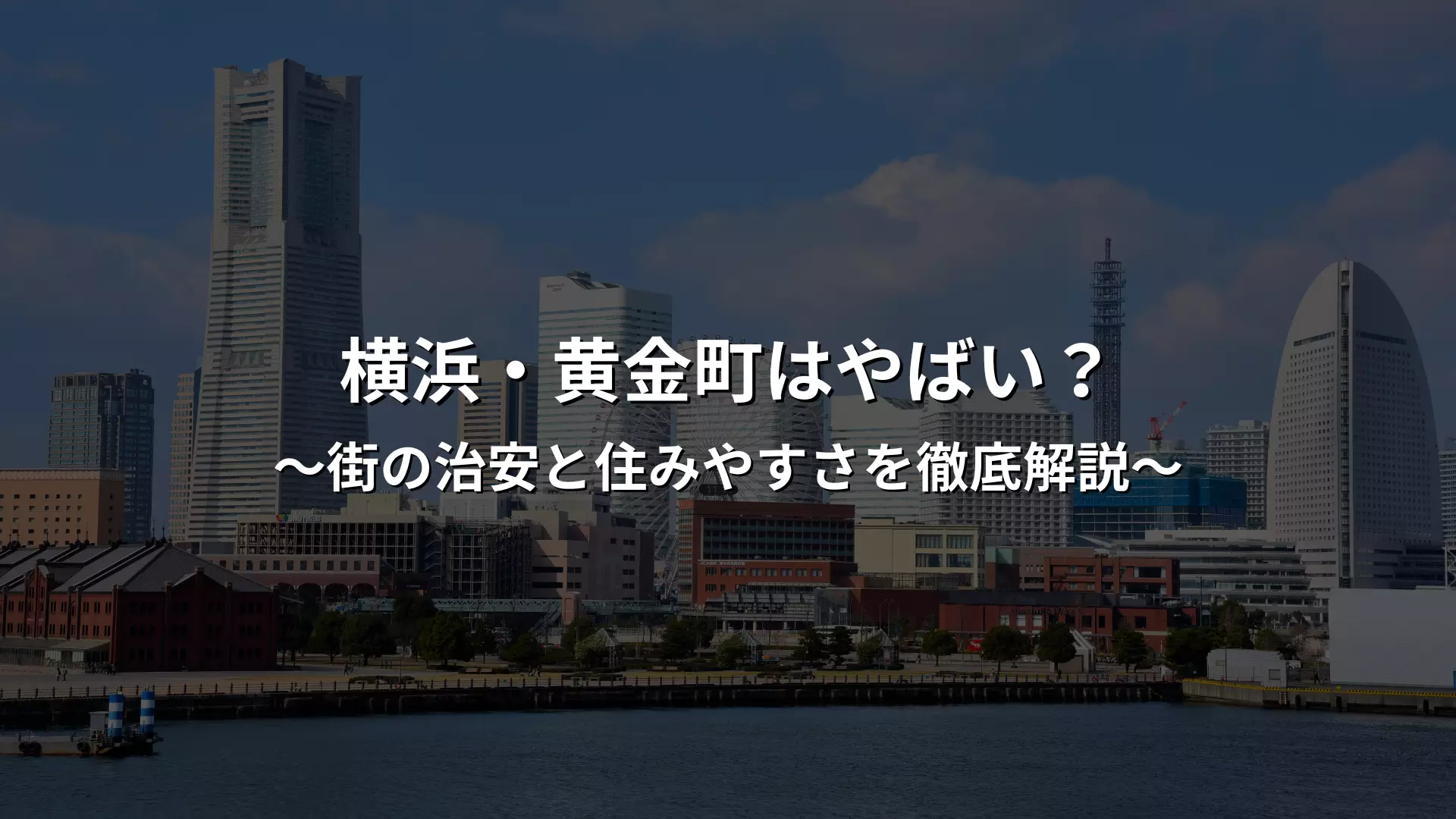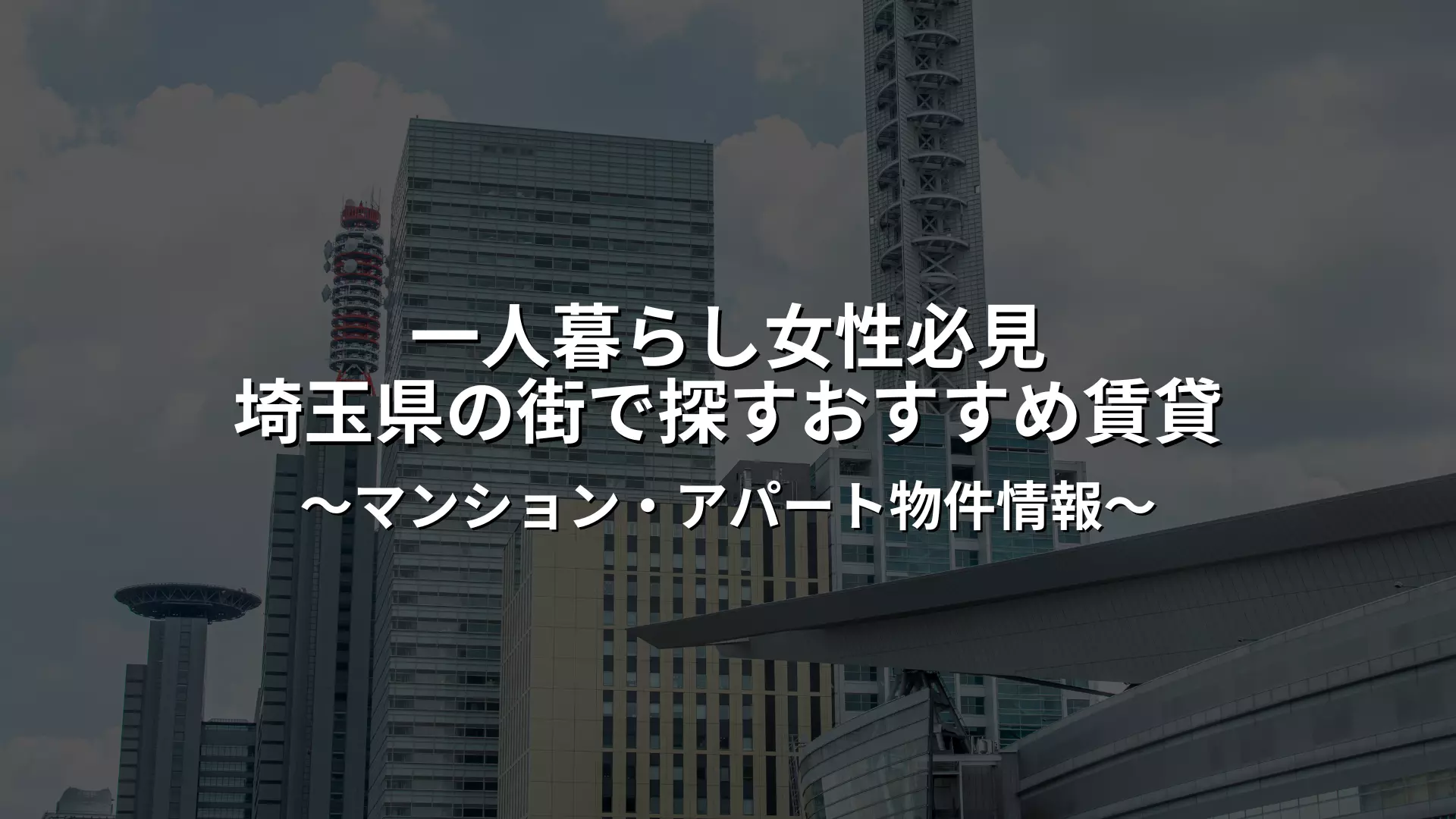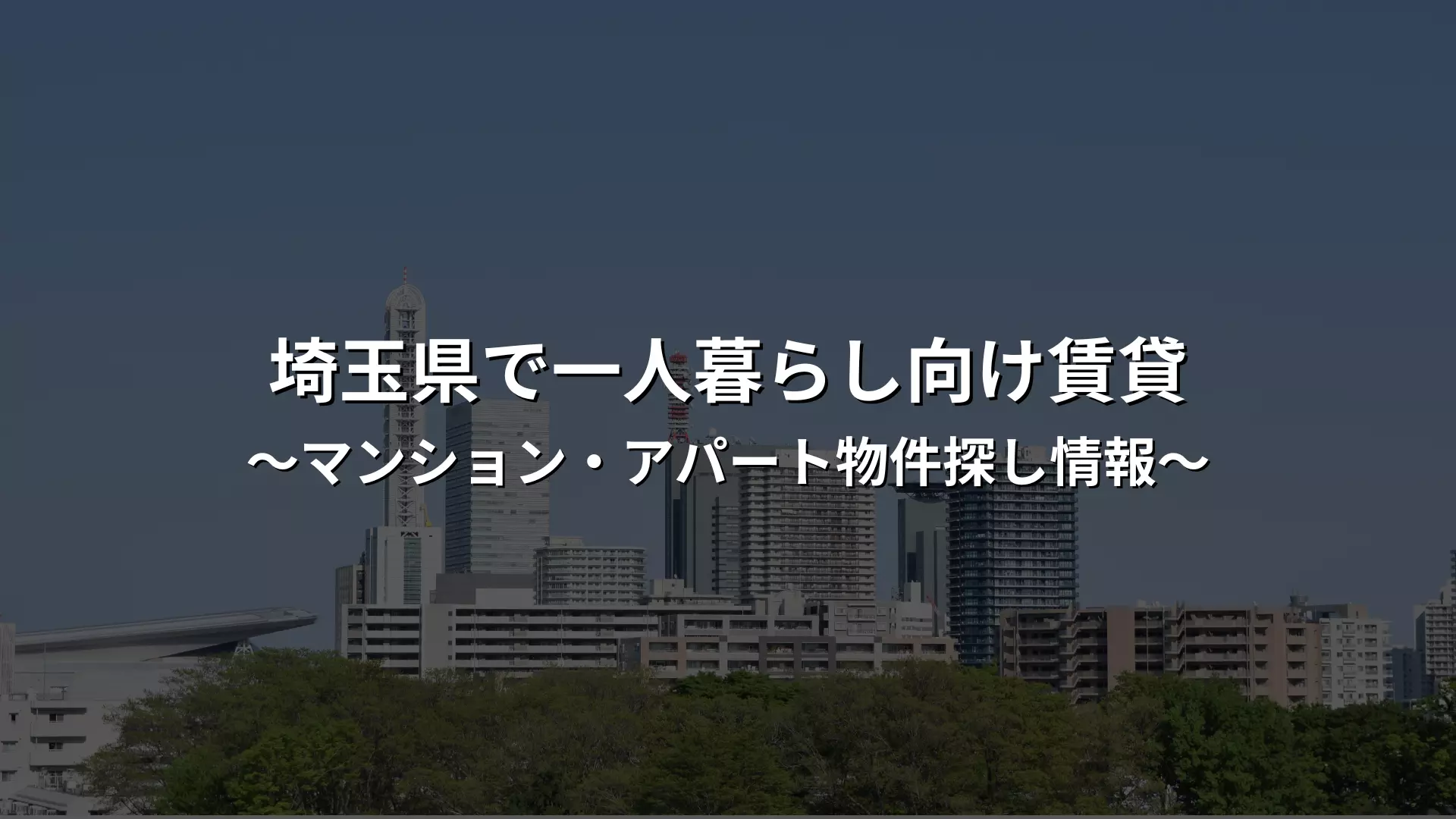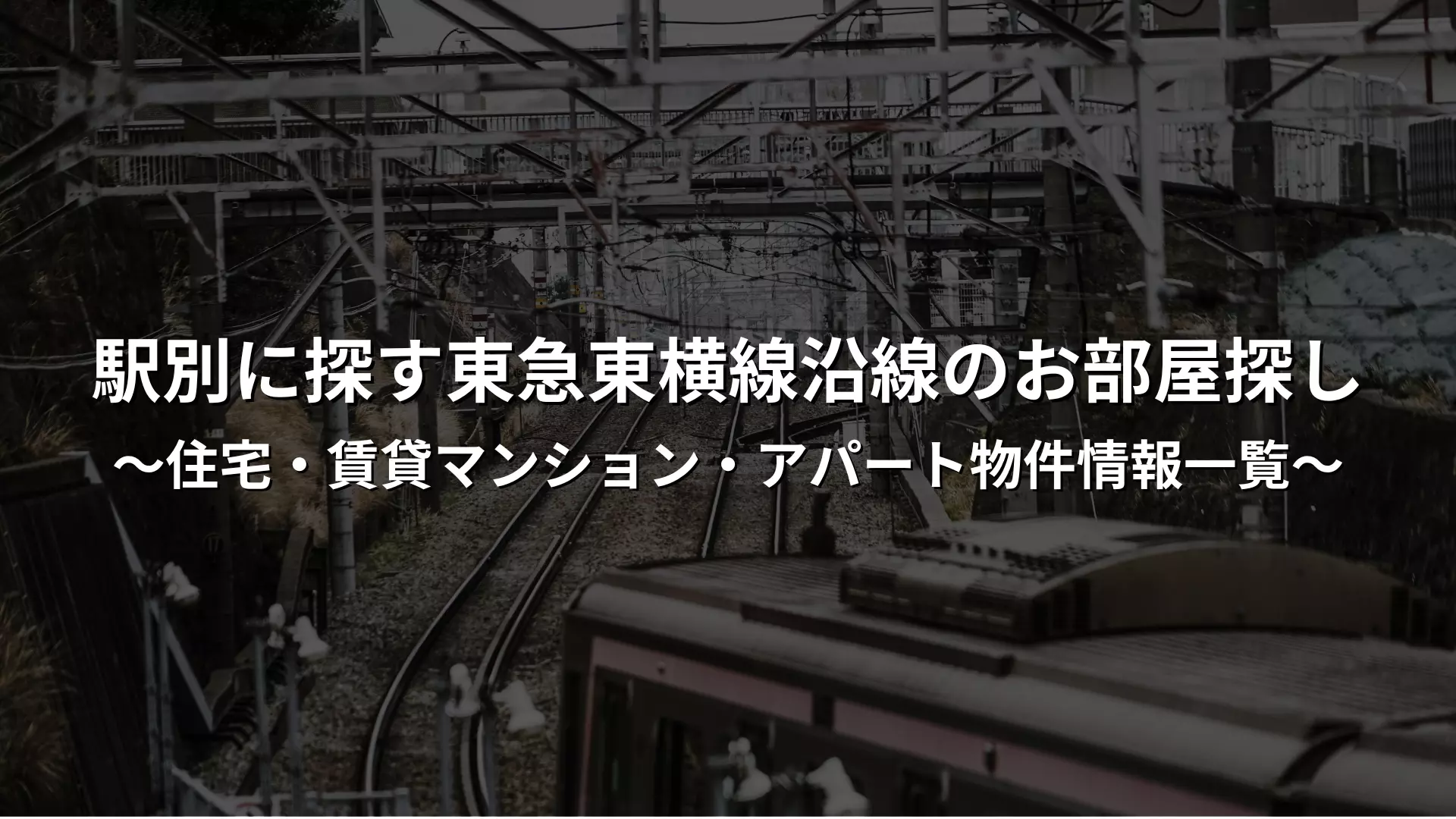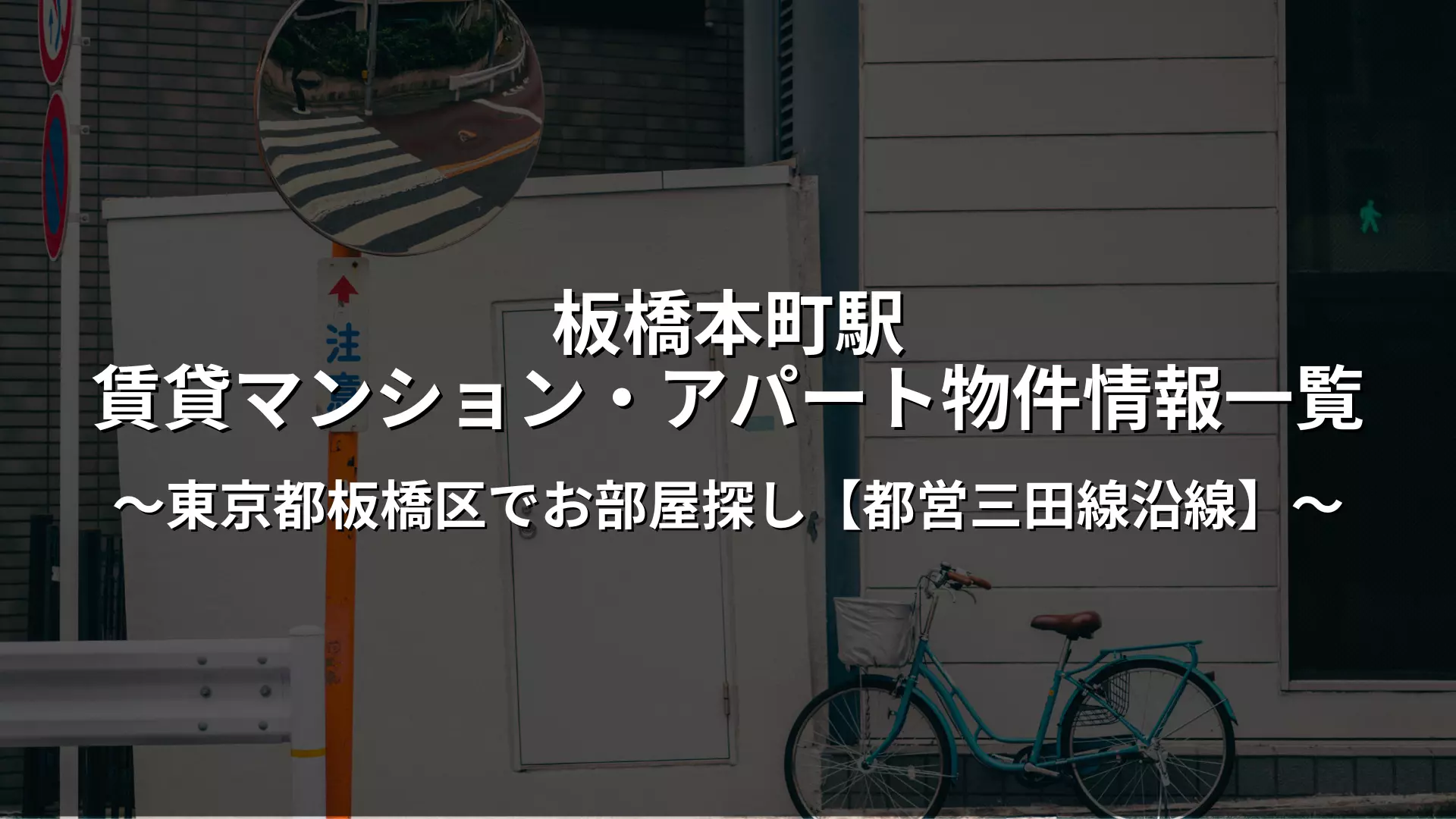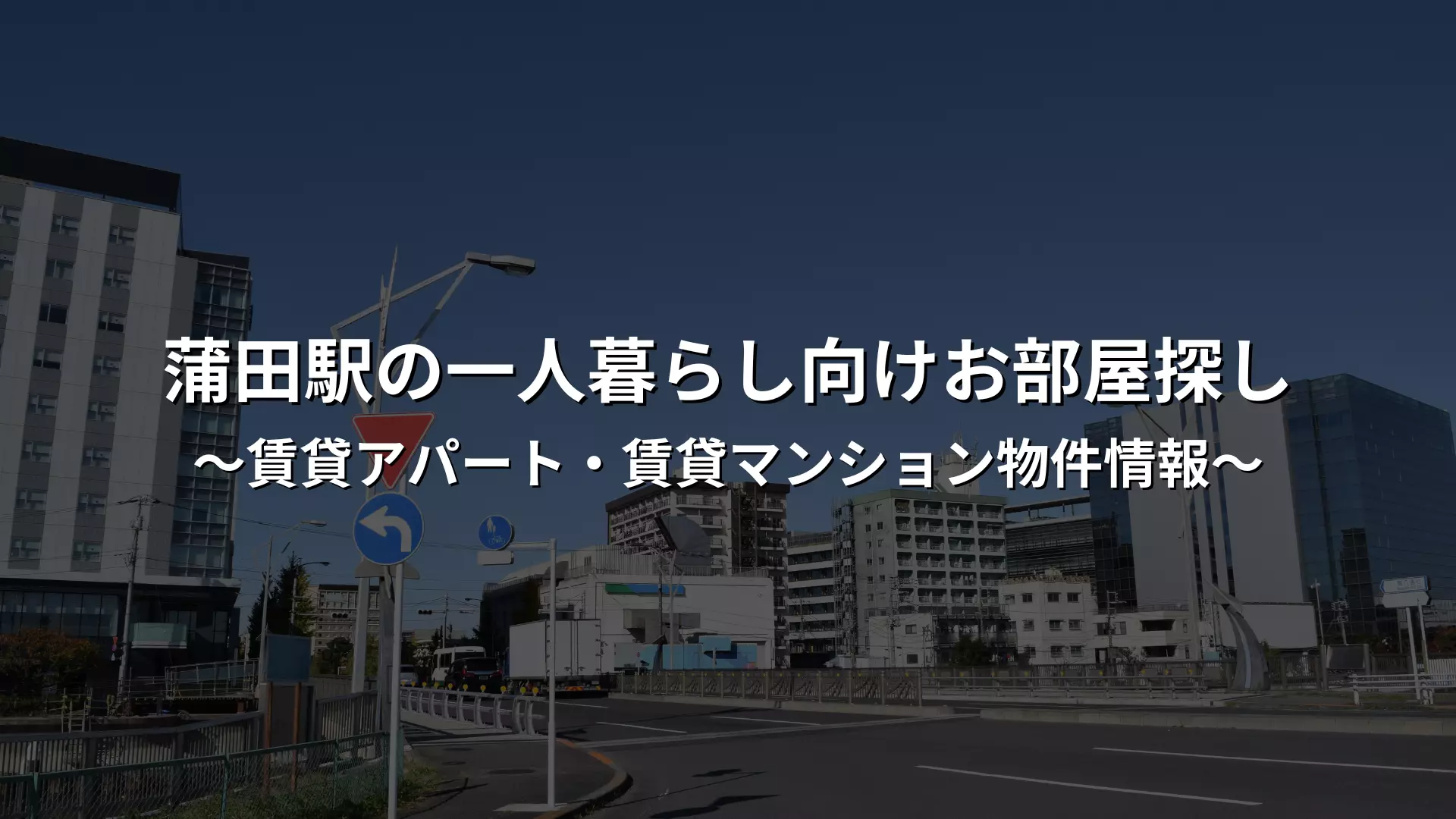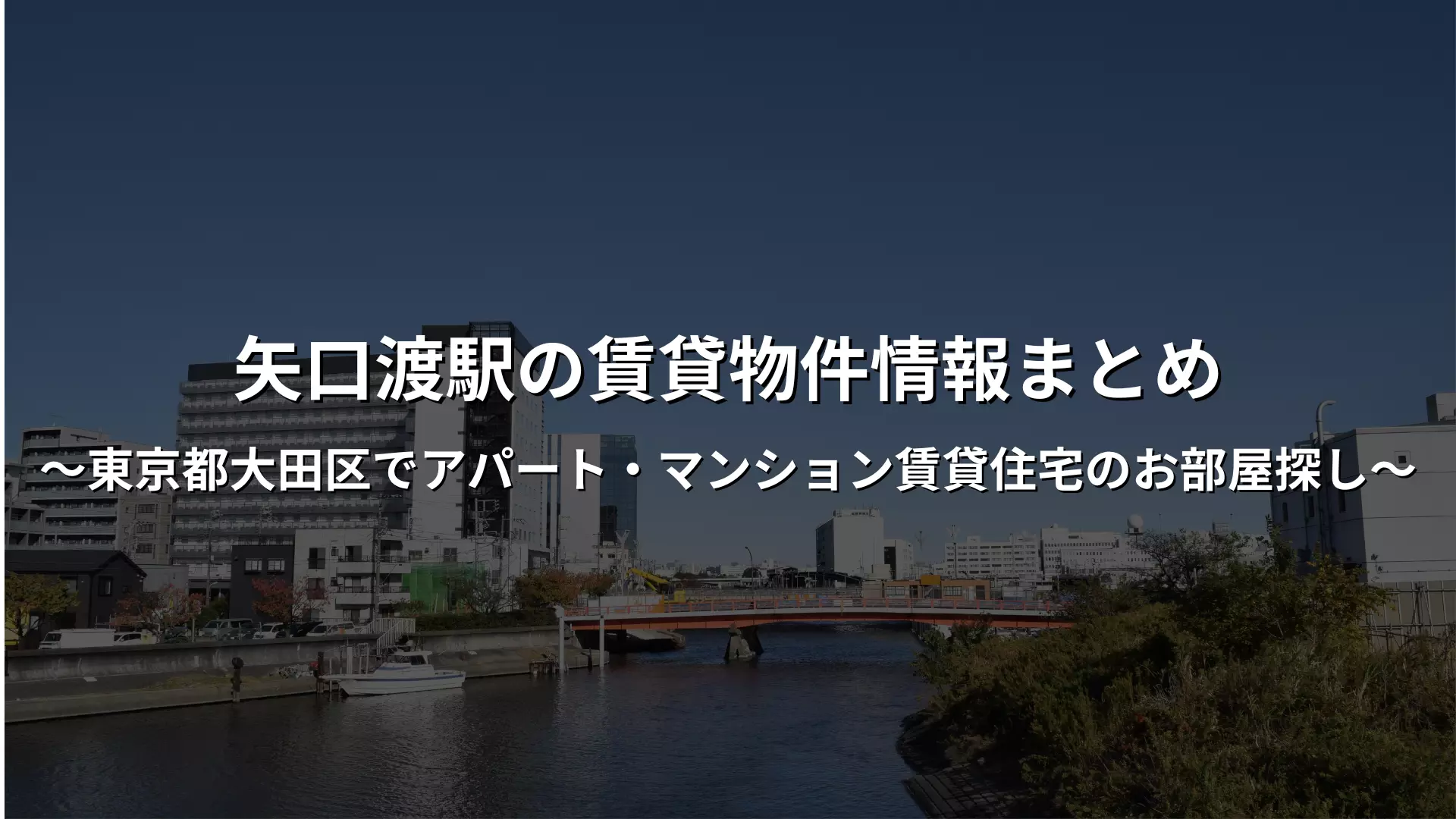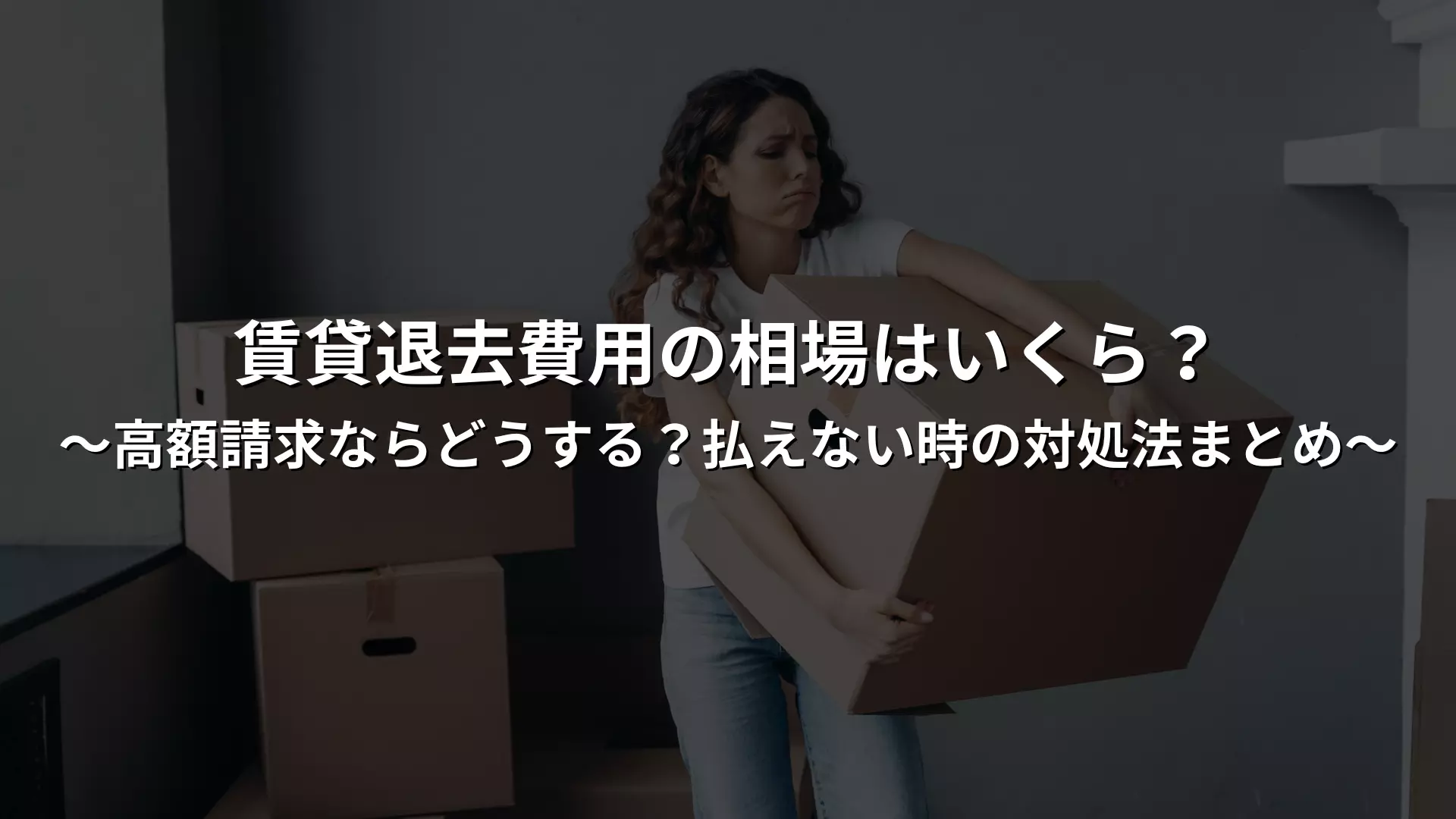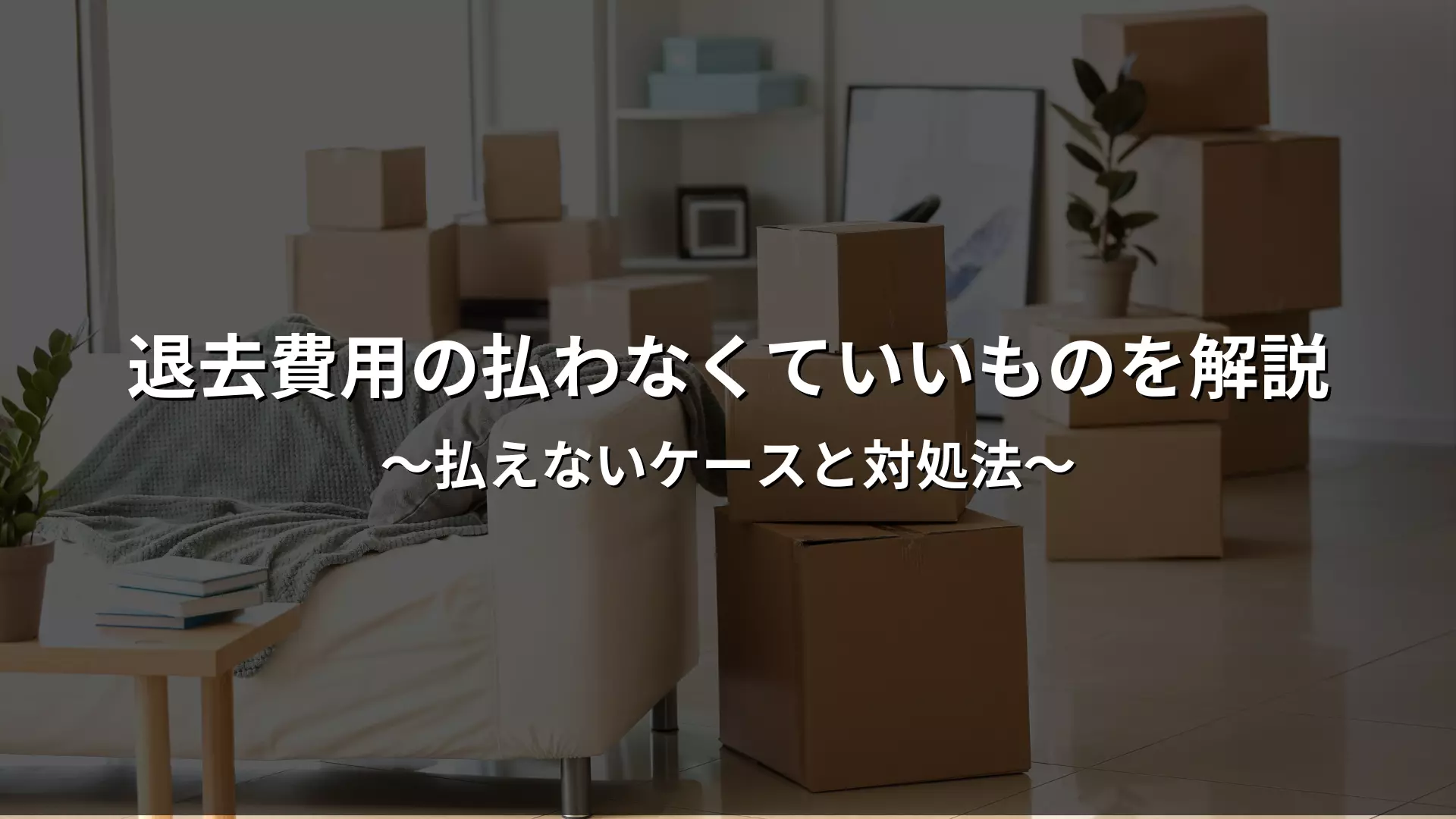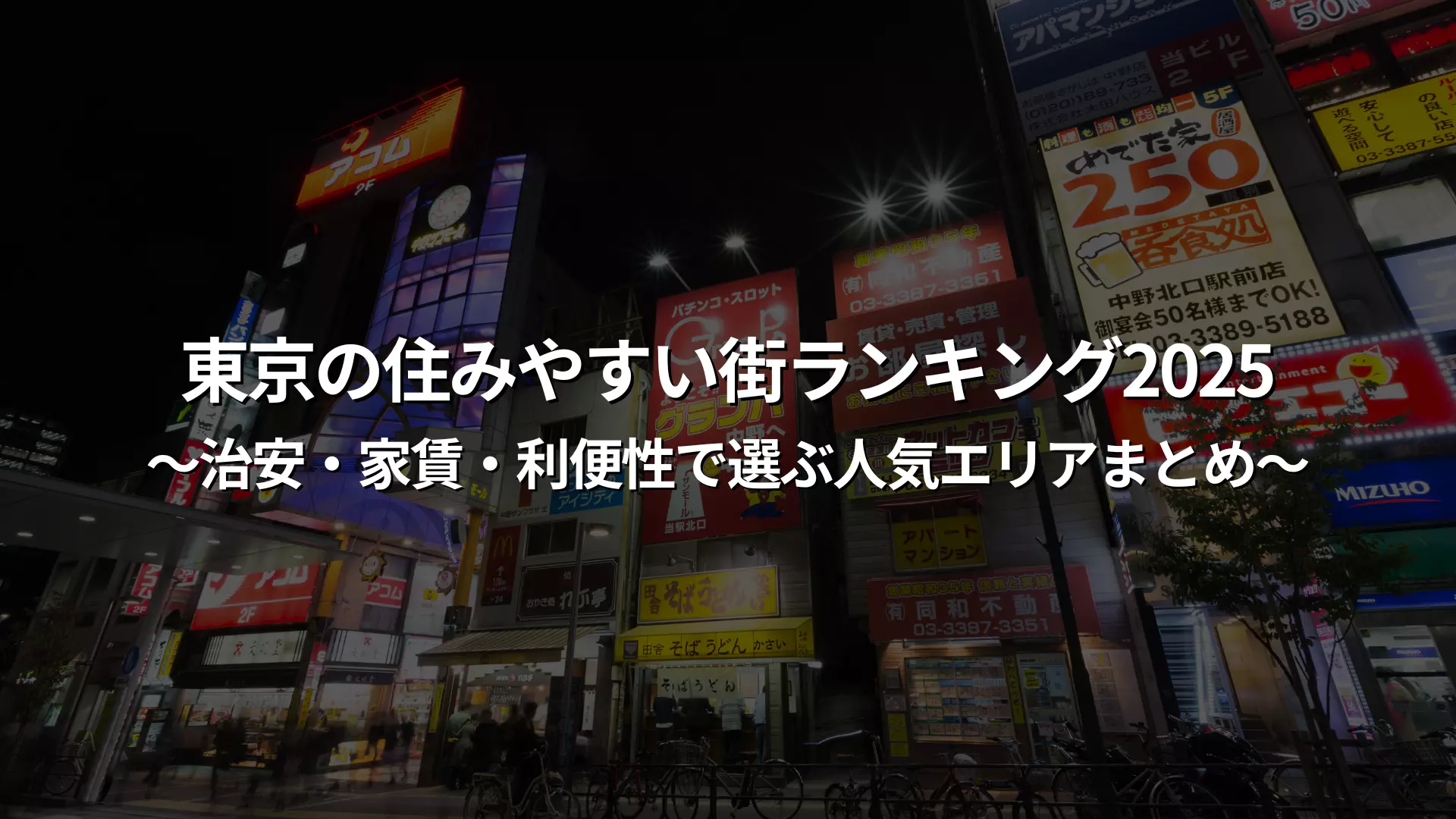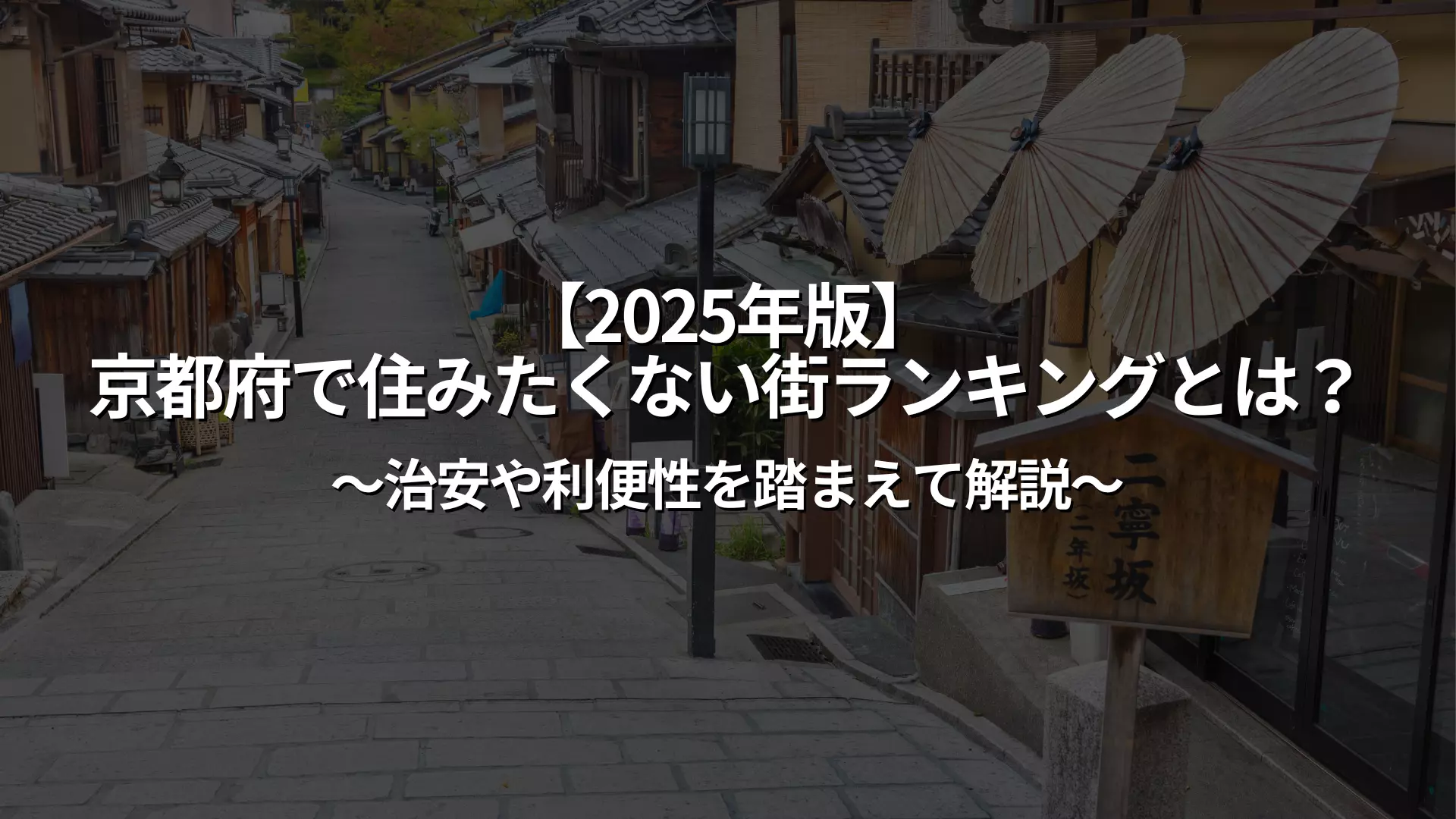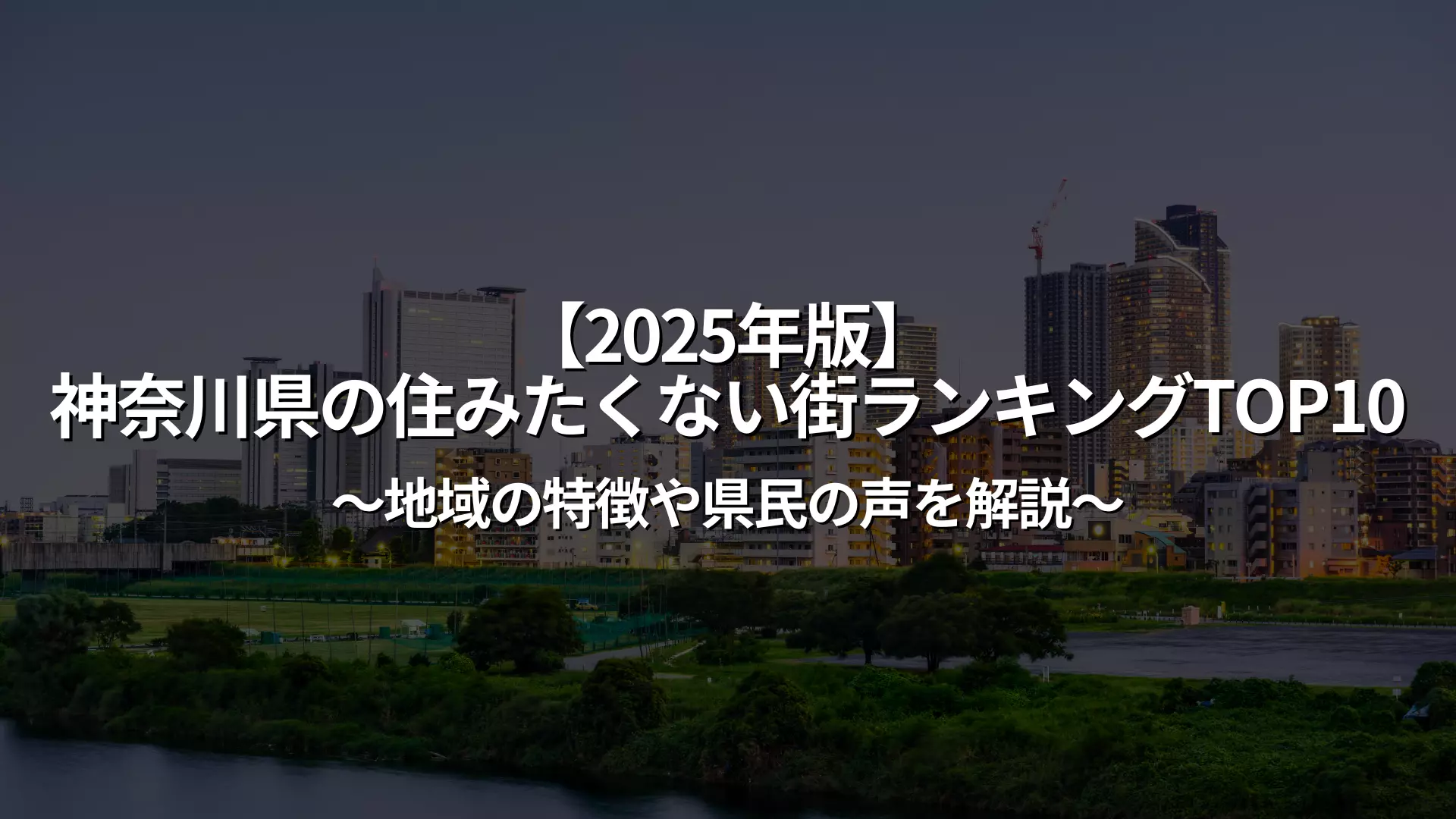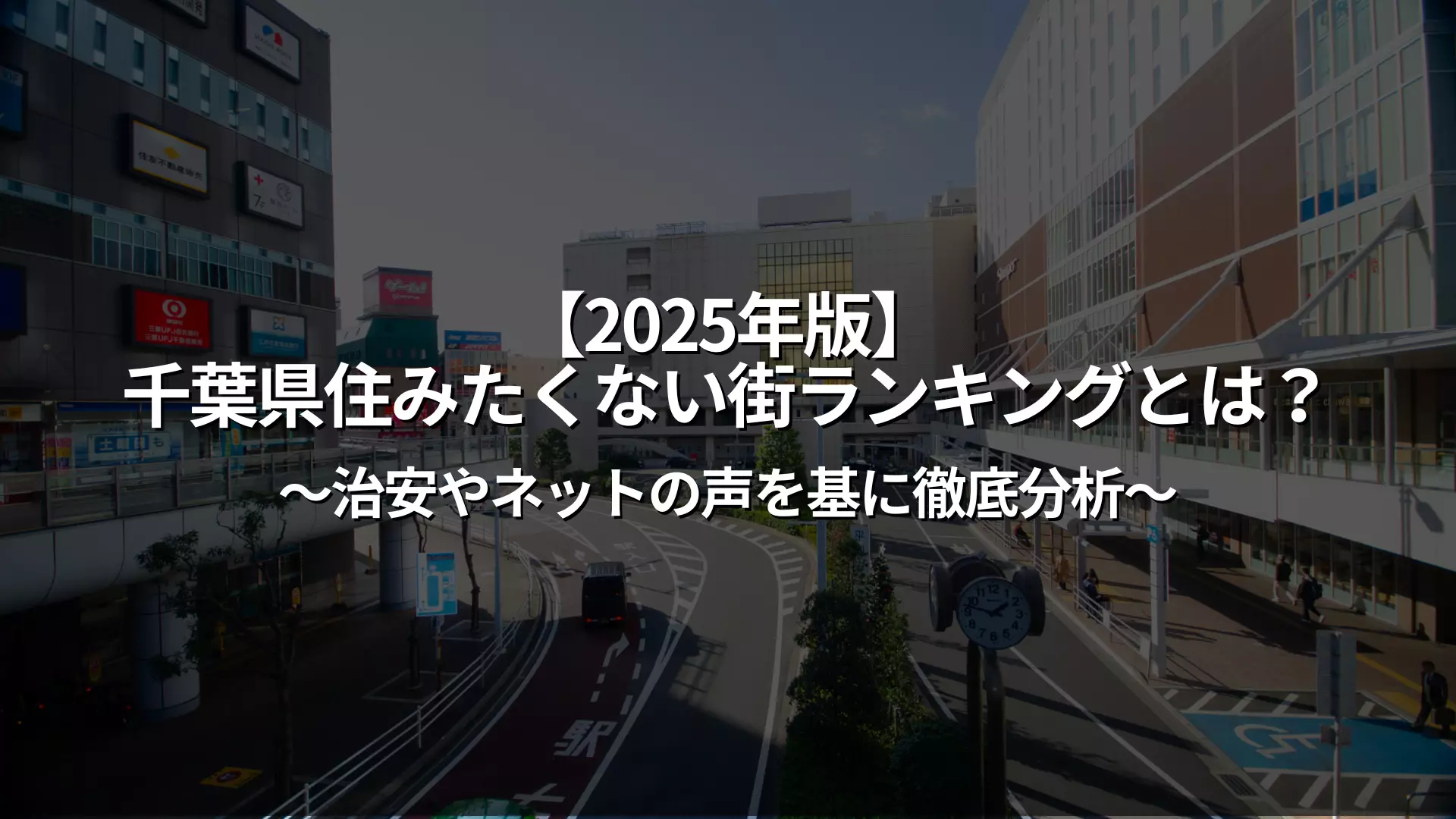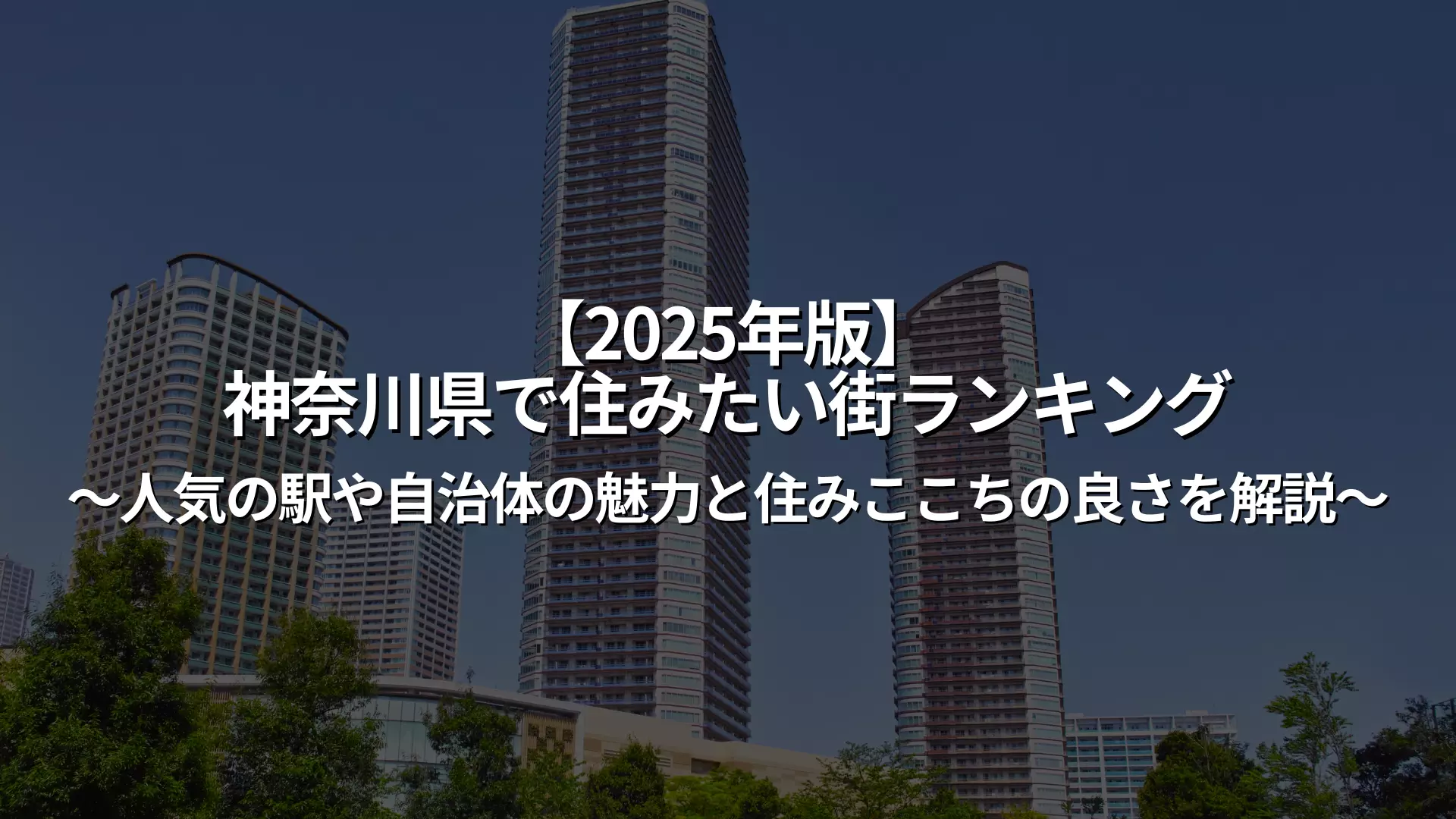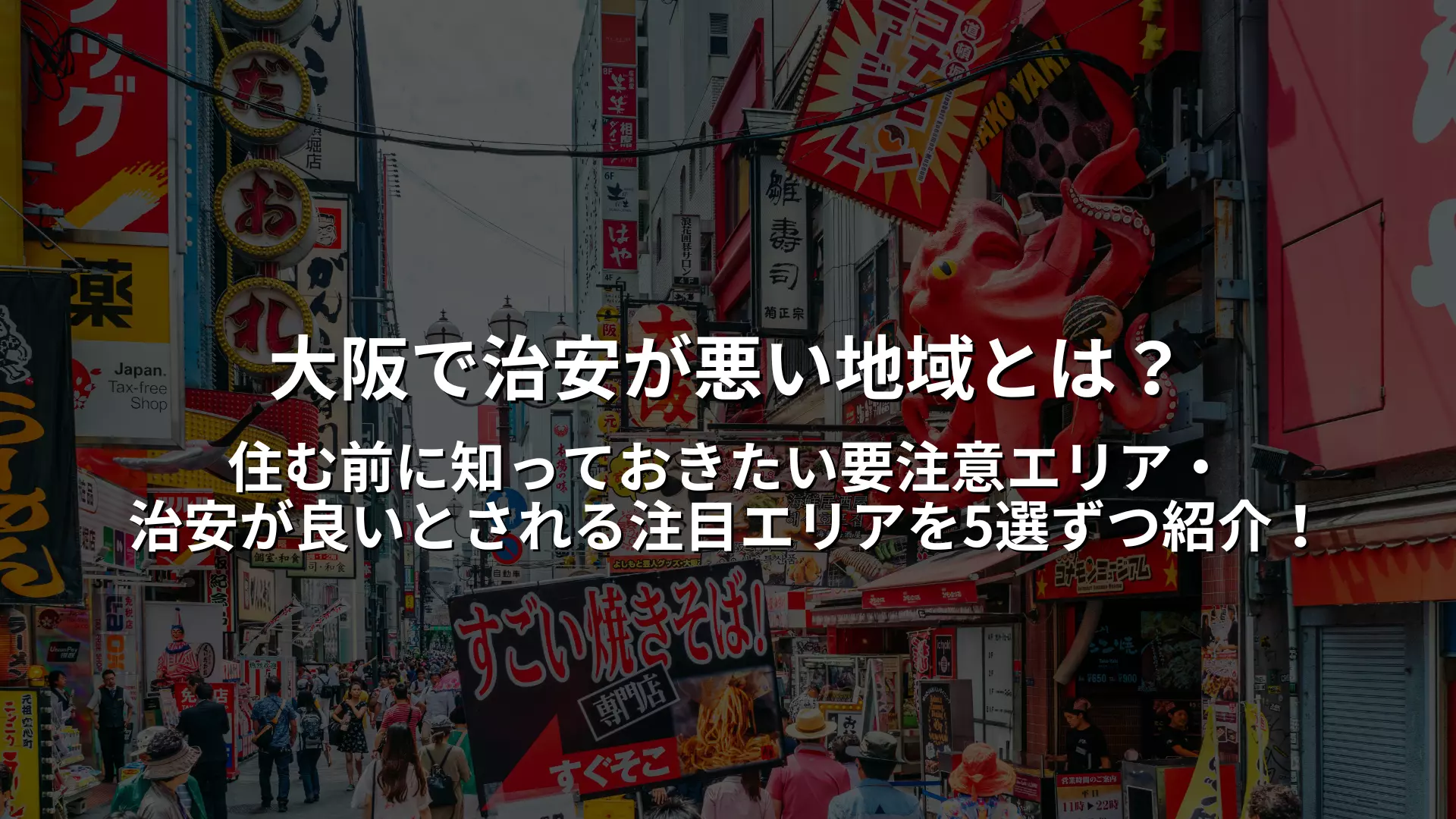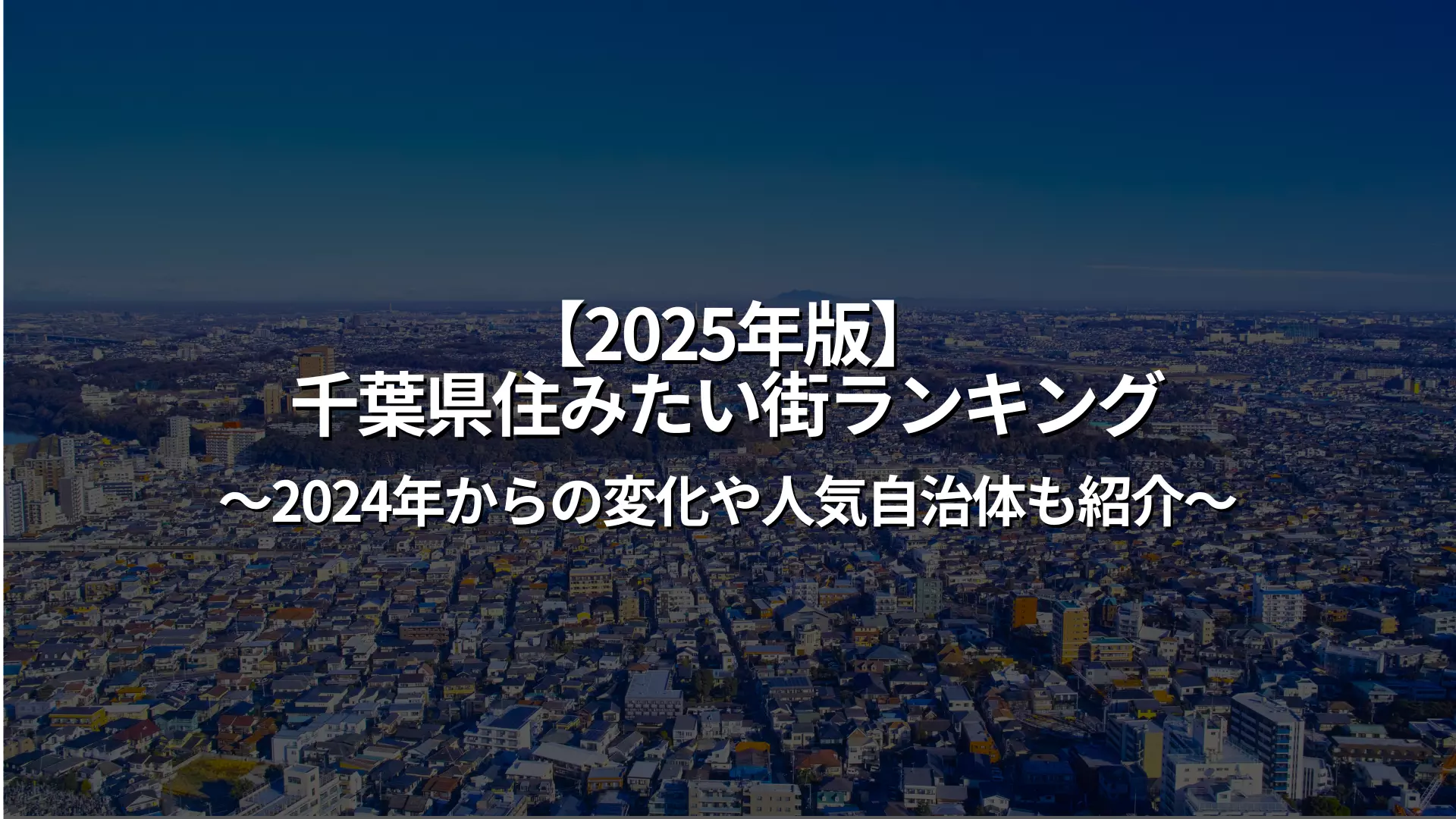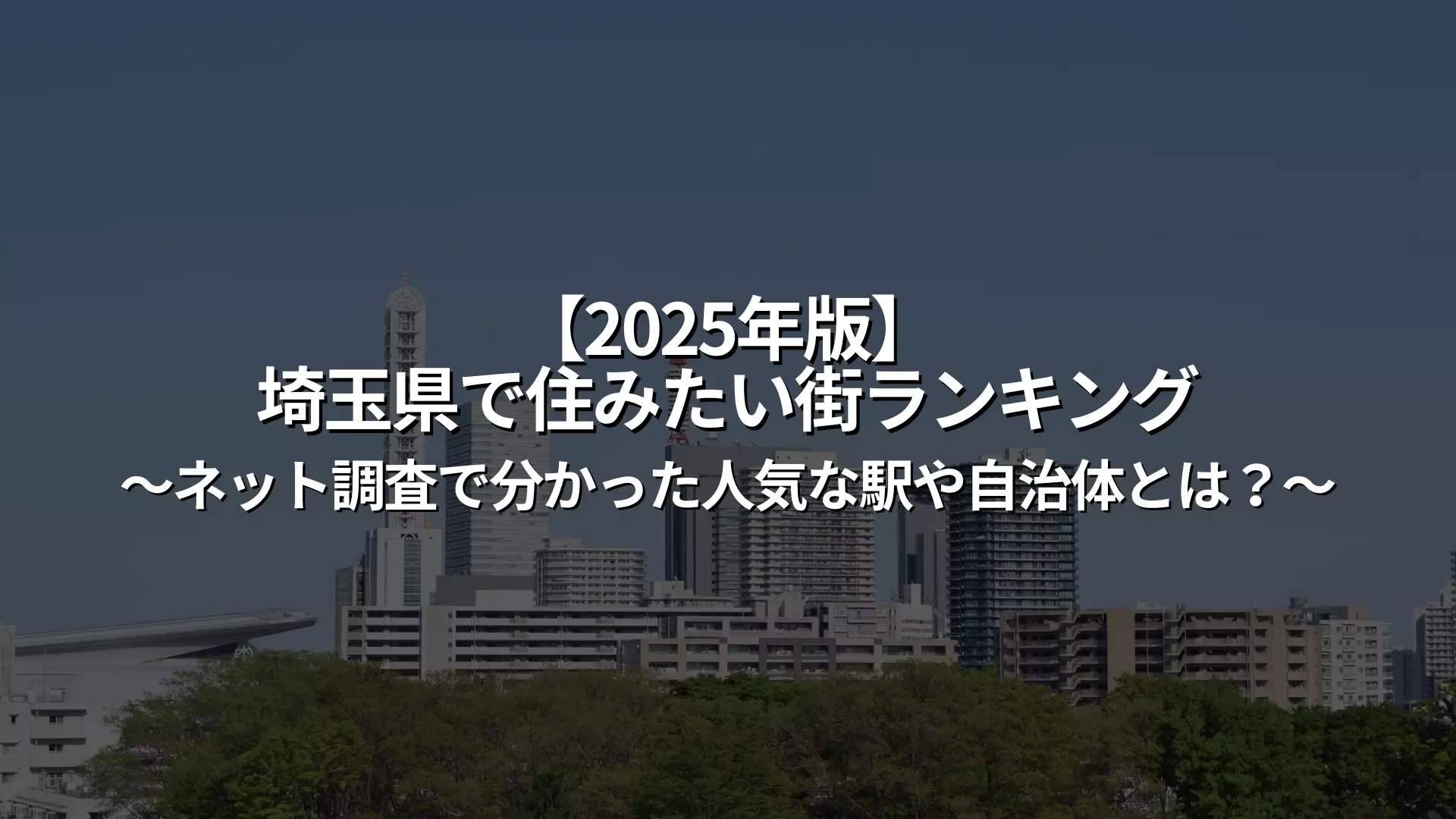[Latest Survey] Top 10 cities in Osaka you don't want to live in
We present a ranking of the cities in Osaka Prefecture that people say they "don't want to live in," based on the opinions of local residents, public safety data, living environment, etc. Selection criteria include high crime rates, noise and crowds, poor transportation access, and local atmosphere.
In this chapter, we will take a detailed look at the top 10 areas with the most negative impressions (updated for 2025) and explain their characteristics and why they are difficult to live in.
If you are considering moving to Osaka, please use this as a reference when choosing a city.
No. 1: Nishinari Ward | People are reluctant to live in a place with poor public safety and a unique atmosphere
Nishinari Ward is the ward most often named as the "city people most want to avoid" in Osaka. Many people worry about public safety due to the large number of day laborers, the presence of homeless people, and the influence of the entertainment district, Tobita Shinchi.
In addition, the entire town has a unique atmosphere that can be intimidating to first-time visitors. In fact, the area has been improving with recent redevelopment, but the negative image remains strong and people tend to avoid it as a living environment.
No. 2: Namba | Noisy entertainment district and security concerns
Although Namba is in the center of Osaka, it is home to a large entertainment district with many adult entertainment establishments and pachinko parlors, and many people feel uneasy about the safety of the area. There are many drunk customers and touts, especially at night, and many people say that it is not suitable for people looking for a peaceful life.
In addition, because it is a famous tourist destination, there are concerns about constant crowds, noise pollution, and a worsening living environment. Another negative point is the relatively high average rent.
3rd place: Kishiwada City | Danjiri culture and public safety image
Kishiwada City is known nationwide for its "Danjiri Festival," but the city's lively nature can also make it difficult to live here. In addition to the noise and congestion during the festival, many people who move here feel that the unique atmosphere and culture of the area doesn't suit them.
The area has a strong image of being unsafe, and some people feel uneasy about the group activities of young people and the disturbances they cause at night. It is an area where you need to be prepared to blend in with the local community.
No. 4: Tsuruhashi | Congestion around the station and high proportion of foreigners
Tsuruhashi is a popular tourist destination known as Koreatown, but opinions are divided on the area as a place to live. The area around the station is always crowded with people, so it is not suitable for people looking for a quiet residential environment.
In addition, there are many foreign residents, and some are confused by the unique culture and language differences. Some also complain about the smells of restaurants and markets, and the overall "cluttered impression" is a reason why people tend to avoid the area.
No. 5: Juso | Entertainment districts and flood risk are concerns
Juso is close to Umeda and has good transport links, but it also has a strong entertainment district, with many adult entertainment establishments and izakayas, which some residents worry about in terms of safety. There are also many drunkards and other troubles at night, so some say it is not a good place for women to live alone.
Because the area is located along the Yodo River, there is a risk of flooding, and concerns about flooding caused by recent heavy rains are also one of the reasons why the area is difficult to live in.
No.6: Tennoji | Crowds and heavy traffic are exhausting
Tennoji is undergoing redevelopment, and large commercial facilities are increasing, but this has led to a high level of foot traffic and the area always feels crowded. There is also a lot of traffic, and many people complain about noise and exhaust fumes.
In addition, due to its proximity to the Nishinari area, there are some people who feel uneasy about the safety of the area. Although it is highly convenient, it is an area that is difficult to live in for those who want a quiet life.
No. 7: Sakai City | Stress from transportation access and railroad crossings
Sakai city has a relatively calm atmosphere compared to Osaka city, but many people find the long wait times at train crossings and the stress of commuting to work or school very high.
In addition, some areas have poor access to public transportation, making life in the area inconvenient without a car. Some say that the public safety issues there are on par with those in Osaka City, and contrary to the image of the area as a suburban relocation destination, it can be difficult to live there.
No.8: Umeda | Convenience is a hidden danger
Umeda, the center of Osaka, is extremely convenient for transportation and shopping, but one of its drawbacks is that it is chronically crowded. The congestion is particularly intense during rush hour, when people are commuting and returning home, and can be mentally exhausting.
Because the commercial areas are densely packed, the area is not exactly safe, and some people complain that it is noisy at night. The average rent is also on the high side for Osaka city, and many people find it difficult to live there in terms of value for money.
9th place: Kitatatsumi | Security and noise pollution are problems
Although Kitatatsumi is a residential area, it is often criticized for its poor public safety. There are noisy roads around the nearby station, and some people complain about the noise of cars and late-night noise. There are many foreign residents and the area is diverse, but some people feel a sense of distance from the local community.
Additionally, the fact that the surrounding infrastructure and shopping environment is still outdated is also cited as a negative point by young people and those raising children.
No. 10: Kyobashi | The hotel district and the large number of drunk people are disadvantages
Kyobashi is known for its good transport access, but there are also many complaints about the safety of the area at night, due to the busy shopping district and love hotel area around the station. There are many drunk and noisy people, so it is not a good area for people looking for a quiet living environment.
There are many homeless people in the area north of the station, so careful consideration is needed for women living alone. The gap between convenience and the living environment is an issue.
Commonalities between Osaka cities people say they "don't want to live in"
Cities in Osaka Prefecture that are considered "difficult to live in" have several common characteristics. These include poor public safety, noisy downtown areas, inconvenient transportation, and unique local cultures and customs. These factors are important considerations when choosing a place to move to.
Here, we will take a closer look at four common points among the cities in Osaka where people say they don't want to live, and explore the trends in areas where people are more likely to feel uneasy about their living environment.
1. The area has a bad reputation or is perceived as unsafe.
"Poor public safety" is one of the biggest reasons why Osaka is named as a city people do not want to live in. In addition to the actual number of crimes, past images and impressions from the media also have an impact. Areas with a high rate of nighttime troubles and suspicious people tend to be avoided by people living alone or families with children.
For those looking for a safe environment to live in, checking security information in advance is an important point to consider when choosing a city.
② I live near a downtown or entertainment district and am worried about my living environment
There are many lively entertainment districts in the center of Osaka, but they can also be lacking in comfort as a place to live. In areas around entertainment districts, problems with drunk people, late-night noise, and garbage issues can all lower the quality of life.
This is especially stressful for families and those looking for a quiet environment. Since convenience tends to come at the expense of peace and tranquility, careful consideration is required.
3) There are issues with transportation access and convenience of living
In areas a little outside of Osaka city or in the suburbs, poor transportation access can be a reason why people feel they "don't want to live there." Inconveniences in daily life, such as infrequent trains, inconvenient transfers, and long waits at railroad crossings, can lead directly to stress.
Additionally, areas with few supermarkets and hospitals can be inconvenient, which is a big disadvantage for people who do not own a car. Convenience is an important factor that determines life satisfaction.
4) Some people feel that the unique culture and customs don't suit them
Each region in Osaka has its own deeply rooted culture and festivals, which can be hard for people from outside to fit in. For example, some immigrants feel that the "Danjiri Festival" in Kishiwada City and the close-knit relationships within the community "don't suit them."
Local characteristics such as the strong dialect and closeness between residents can be obstacles. Identifying the charm and compatibility of the local culture is the key to determining how comfortable you will be to live there.
Search for a room
Only furnished properties with appliances are listed!
Are there any good points to a city that is hard to live in?
Even in Osaka, where people tend to say they don't want to live, not everything is necessarily bad. Some areas are highly regarded for their easy access, abundance of commercial facilities, and unique culture and history. Everyone has different values when it comes to life, and what some people find difficult to live in may be seen as an advantage by others.
In this chapter, we will focus on the "good aspects" hidden in areas that are generally avoided, and rediscover the charm of the city.
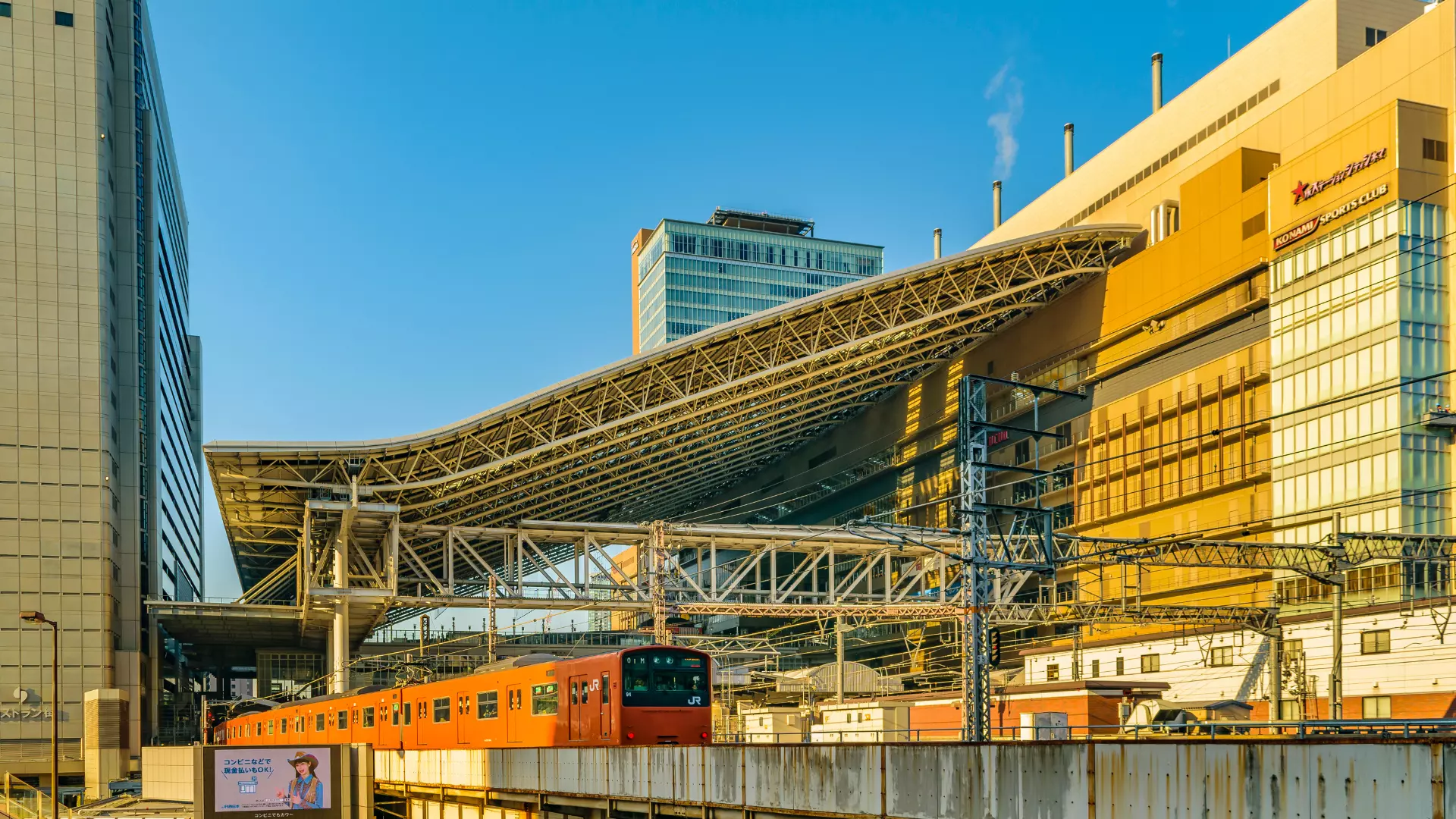
Transportation is convenient
Even in areas that many people consider "difficult to live in," there are many places with good transportation access. For example, major lines are concentrated in downtown areas such as Umeda, Namba, and Tennoji, making them very convenient for commuting to work or school and shopping.
In addition, the last trains run until late, so you won't have any trouble getting around at night. Although people tend to avoid the area due to crowds and safety concerns, it is a big advantage for those who value good transportation access, such as being close to the station and having easy transfers.
Good dining and shopping environment
In areas close to entertainment districts and downtown areas, there are plenty of convenience stores, supermarkets, and restaurants to choose from. In areas like Namba, Tsuruhashi, and Juso, many stores are open 24 hours a day, so being able to shop and eat out even late at night is a major advantage.
With large commercial facilities, markets, and specialty shopping streets, it is an easy place to live for people who value cost of living and convenience. It is also an area where daily shopping and eating out are enjoyable.
Regional ties and historical background are also appealing
In towns with unique images, such as Nishinari Ward and Kishiwada City, local residents have strong ties with each other and a traditional culture full of human warmth is deeply rooted. Local events and traditional festivals are part of daily life, and even people from outside can have warm exchanges if they get involved.
There are also areas with many historic streets and cultural assets, making them highly valuable as tourist destinations. Even if a town seems difficult to live in at first glance, the more you get to know it, the more attractive it becomes.
5 recommended areas to live in Osaka [Comparison]
While there are "towns you don't want to live in" in Osaka Prefecture, there are also many "easy-to-live-in towns" with excellent public safety, accessibility, and convenience. We will introduce carefully selected areas that are particularly popular with a wide range of people, including families, women living alone, and people transferring for work, from the perspective of public safety, educational environment, transportation, and living environment.
We have selected a good balance of areas both in and outside Osaka City, including Suita City, Toyonaka City, and Fukushima Ward. If you are having trouble choosing a city, please use this as a reference.
Suita City | Stable public safety and educational environment
Suita City is one of the safest cities in Osaka Prefecture, and is highly popular among families with children. There are many educational facilities, and the public schools have a good reputation. There is also plenty of nature, such as Ryokuchi Park and Expo Commemoration Park, making it the perfect living environment for families.
There are supermarkets, hospitals, and public facilities around the station, making it a very convenient place to live. It also has good access to Osaka city, and is just 20 minutes from Umeda, making it a convenient area for commuting.
Fukushima Ward | A good balance between accessibility and living environment
Fukushima-ku, Osaka City, is an extremely convenient area located just west of Umeda. Several train lines run through the area, making it convenient for commuting to work or school, and the area around the station has undergone redevelopment and is characterized by its well-organized streetscape. The area is also relatively safe, making it a great choice for women living alone. There are also many stylish restaurants and cafes, which add color to your life.
Fukushima Ward is close to urban areas, but is home to many peaceful residential areas and is highly rated as a place where it is easy to live.
Toyonaka City | A relaxing atmosphere surrounded by greenery and residential areas
Toyonaka City is located in the northern part of Osaka, and is an area where nature and urban functions coexist in harmony. It has quiet residential areas and good public safety. It has popular stations such as Senri-Chuo and Okamachi, and is also easily accessible by subway and monorail.
There are many parks and green spaces, and the city is being developed to be a safe place to live with children. There are also medical and educational facilities in the area, making it a particularly recommended area for those who value the quality of their living environment.
Esaka | Convenience and security at the same time
Esaka is a highly convenient residential area located on the border between Osaka and Suita. With easy access to Umeda and Namba via the Midosuji subway line, it is also popular with business people commuting to the city center.
There are supermarkets, cafes, gyms, and clinics around the station, and all the facilities you need for daily life are compactly located. The area is also safe and popular with a wide range of people, from single people to families.
Honmachi | A business district yet an easy place to live
Honmachi is an office district located in the center of Osaka City, but in recent years, condominium development has progressed and it has become increasingly popular as a residential area. Multiple subway lines, including the Midosuji Line and the Chuo Line, intersect here, making it easy to get to anywhere.
There are plenty of convenience stores, restaurants, drugstores, etc., so you won't have any trouble with daily life. This area is recommended for those who want to enjoy city life but also want a quiet and peaceful living environment.
Search for a room
Only furnished properties with appliances are listed!
Checkpoints to avoid mistakes when choosing a home in Osaka
To find your ideal home in Osaka, it is important not to judge only by the rent and layout, but to check from multiple angles including the surrounding environment, security, transportation access, etc. Especially in urban areas, there are many towns where the atmosphere changes greatly between day and night, and if you neglect to check the area and gather information, you may end up regretting your choice.
In this chapter, we will introduce three points you should keep in mind to ensure you don't make a mistake when choosing a home in Osaka.
Check out the day and night atmosphere
The impression of the downtown area of Osaka City and its surrounding areas can change dramatically between day and night. Even if it looks like a quiet residential area during the day, at night it becomes bustling with bars and entertainment districts, with an increase in drunken customers and noise levels.
When viewing an apartment, it is best to visit both during the day and at night and check the area's security, noise levels, the presence or absence of streetlights, foot traffic, etc. For women living alone or families with children in particular, a sense of security at night can greatly affect how easy it is to live there.
Check the safety of your neighborhood with crime prevention maps and reviews
The crime rate map published by the Osaka Prefectural Police and public safety information from local governments are a great help when choosing a place to live. In addition, reviews from people who actually live there, bulletin boards, social media, and other information are also useful for understanding the real living environment.
Even if the area looks nice, there are areas where snatch thefts and noise problems are common, so be sure to check the security situation from multiple sources. Checking before signing a rental contract can reduce the risk of regretting your decision.
Know your commute route and travel time in advance
The comfort of living in an area also depends greatly on the smoothness of daily life routes. It is important to simulate in advance the time it takes to get to your workplace or school, the number of transfers, and congestion conditions.
Osaka has a complicated railway system, and travel times can be long even within the city. It's a good idea to check how crowded it will be during the morning rush hour. Reducing travel stress will directly lead to daily comfort.
Summary | What is the truly livable city of Osaka according to the perspective of "a city you don't want to live in"?
While areas that are considered "unwanted places to live in Osaka Prefecture" have issues such as public safety, noise, and cultural differences, they also have advantages such as good transportation access and convenience. By taking these negative opinions into consideration, it becomes clear what you should prioritize instead.
By focusing on the safety, ease of living, and compatibility with the area, you can find a city that is truly suitable for you and is easy to live in. The first step to avoiding regrets when choosing a home is to not compromise and to carefully consider your options.

